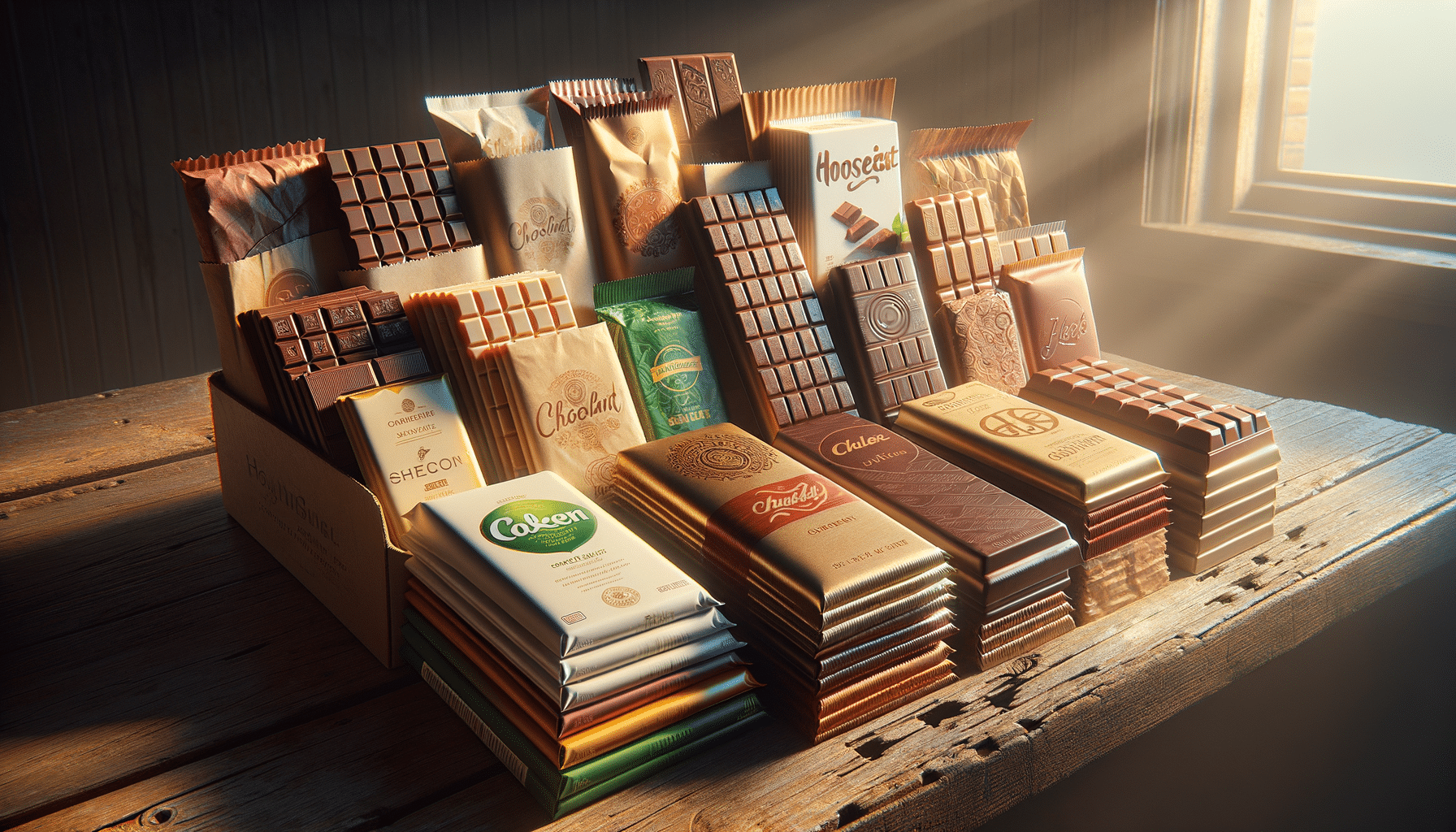
Is chocolate packaging a good job choice?
The Importance of Chocolate Packaging
Chocolate packaging plays a crucial role in the confectionery industry, not only for aesthetic appeal but also for product preservation and branding. The packaging is the first point of contact between the product and the consumer, making it an essential element in influencing purchasing decisions. It serves several purposes, including protecting the product from environmental factors like moisture and light, which can affect the quality of the chocolate. Moreover, packaging is a powerful marketing tool that helps brands differentiate themselves in a crowded marketplace. The design, color, and material of the packaging can convey the brand’s message and values, making it a vital component in consumer perception and brand loyalty.
Besides its marketing and protective functions, chocolate packaging also addresses sustainability concerns. With increasing awareness about environmental issues, many companies are opting for eco-friendly packaging solutions. This shift not only helps in reducing the carbon footprint but also appeals to environmentally conscious consumers. Thus, chocolate packaging is not just about wrapping a product; it’s about creating a comprehensive experience that aligns with consumer values and expectations.
Materials Used in Chocolate Packaging
The choice of materials in chocolate packaging is critical, as it impacts the product’s shelf life and quality. Common materials include paper, plastic, foil, and biodegradable options. Each material has its advantages and disadvantages. For instance, aluminum foil is excellent for providing a barrier against moisture and light, ensuring the chocolate remains fresh for longer. However, it is not the most eco-friendly option. On the other hand, paper-based packaging is sustainable and recyclable, appealing to environmentally conscious consumers, but it may not offer the same level of protection as foil.
Innovations in packaging materials are continually evolving, with a growing emphasis on sustainability. Biodegradable and compostable materials are gaining popularity, offering a balance between protection and environmental responsibility. These materials break down naturally, reducing the impact on landfills and oceans. As the industry progresses, the challenge lies in developing materials that provide adequate protection while meeting sustainability goals.
Design and Branding in Chocolate Packaging
Design and branding are pivotal in chocolate packaging, as they significantly influence consumer behavior and perceptions. A well-designed package can capture attention, convey quality, and communicate the brand’s story. Elements such as color, typography, and imagery work together to create a visual identity that resonates with the target audience. For example, luxurious packaging with gold accents might suggest a premium product, appealing to consumers looking for a high-end experience.
Branding goes beyond aesthetics; it encompasses the values and mission of the company. Many chocolate brands are now emphasizing transparency and authenticity in their packaging, highlighting ethical sourcing and fair trade practices. This approach not only builds trust with consumers but also strengthens brand loyalty. In a competitive market, effective design and branding can be the differentiator that sets a product apart from its competitors.
The Role of Technology in Chocolate Packaging
Technology plays a significant role in the evolution of chocolate packaging, enhancing both functionality and aesthetics. Advanced printing techniques allow for intricate designs and vibrant colors, making packaging more visually appealing. Additionally, technology enables the integration of smart packaging solutions, such as QR codes and NFC tags, providing consumers with interactive experiences. These technologies can offer information about the product’s origin, ingredients, and even recipes, adding value beyond the physical product.
Moreover, technology aids in improving the efficiency and sustainability of packaging processes. Automated systems can reduce waste and energy consumption, aligning with sustainable practices. As technology continues to advance, the possibilities for innovation in chocolate packaging are vast, promising exciting developments that cater to consumer demands for convenience and environmental responsibility.
Career Opportunities in Chocolate Packaging
A career in chocolate packaging offers a range of opportunities for individuals interested in design, manufacturing, and sustainability. The industry requires a diverse set of skills, from creative design to technical expertise in materials and processes. Professionals in this field can work in various roles, including packaging design, production management, and quality assurance.
As the demand for sustainable packaging solutions grows, there is an increasing need for experts who can develop innovative materials and processes. This focus on sustainability not only aligns with global trends but also opens new avenues for career growth and development. Additionally, the chocolate packaging industry offers stability, as it is a vital part of the broader food and beverage sector.
For those passionate about creativity, technology, and sustainability, a career in chocolate packaging can be both fulfilling and rewarding, offering the chance to make a tangible impact on the industry and the environment.


